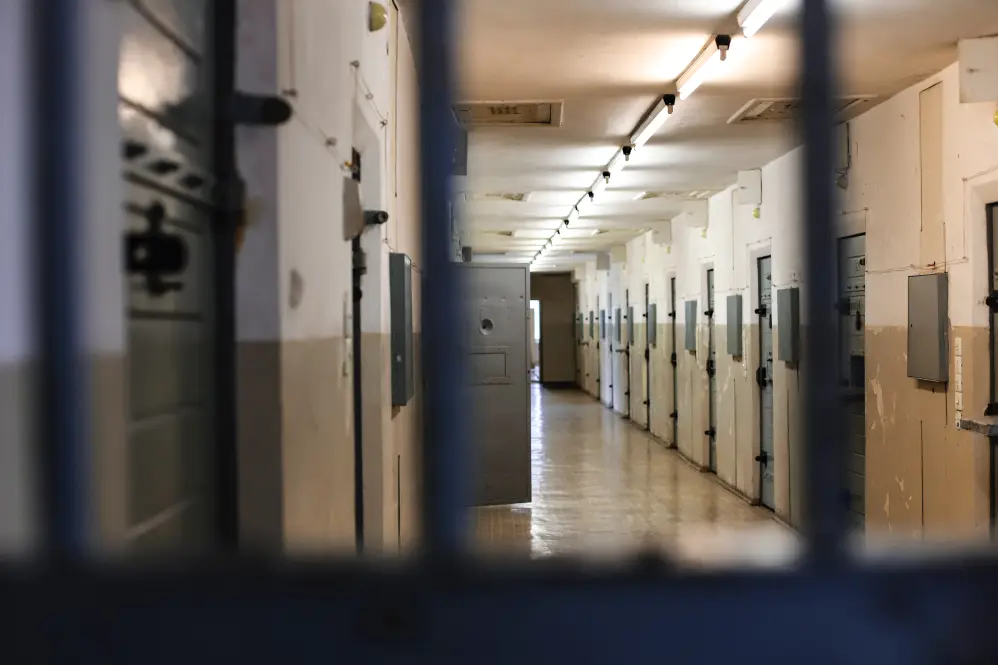Across the nation, people of color in general and African Americans specifically are far more likely to encounter the criminal justice system than the general population. In fact, people of color account for nearly 60% of the incarcerated population, with every 1 in 15 African American men being impacted. This disparity is seen even more prominently with those persons of color who are both justice-involved and suffering from mental illness.
In both jails and prisons, individuals with mental illness are over-represented, and stakeholders recognize the challenge of managing and treating these individuals within the correctional environment. One population of mentally ill and justice-involved individuals that often go unnoticed but represent a considerable challenge to communities, courts, jails, and state hospitals are those engaged in the forensic system.
What is Forensic?
The term “forensic” typically conjures up thoughts of crime scene investigation and evidence collection. And while this is related, the forensic system that deals with mentally ill and justice-involved individuals concerns their competence to stand trial and issues of legal sanity or “criminal responsibility”. The former are those who have been arrested and charged with a crime, but, pre-trial, have been determined to be “unfit” or not competent to stand trial. The latter are those that elect to use the insanity defense at trial and if they prevail, are acquitted or found not guilty by reason of insanity. Both groups are typically remanded into psychiatric care to either be restored to competence or for long-term treatment.
Nationwide, these individuals wait in jail, detained until an inpatient bed becomes available in a state psychiatric hospital. During a 15-year period between 1999 and 2014, this population increased by 76% within state mental hospitals and continued to rise.
The problem of individuals waiting untreated in jails is acute and pervasive. The wait often exacerbates mental illness, taxes underfunded and under-resourced jails, and cycles people through a system that is not designed to promote recovery. Most notably, the civil liberties of individuals are in jeopardy as court-ordered treatment is delayed and has resulted in several states being brought under consent decrees. Given the disproportionate impact that both mental illness and justice involvement has, it becomes imperative that we consider how this system impacts people of color.
The system, as it exists in many states, suffers from a paucity of community based behavioral health services that could prevent many individuals from penetrating deeper into compulsory and restricted care environments, which can be disruptive to the individual’s life. States are locked into antiquated statutes, codes, and policies that limit the response to the ever-growing crisis. This has negative consequences for the person with mental illness and justice involvement, their family, and the systems that are obligated but strained in its ability to provide care.
The bad news is that there is no magic bullet to solve the current dilemma as it is decades in the making and the agents of change are not static. Prioritizing those with mental illness and those who are justice-involved separately has been an uphill battle for those who are advocates and practitioners.
But hope is on the horizon with the increased focus on a crisis care system that looks to give parity to mental health concerns and emergencies. We need more advocates, culturally competent practitioners, institutions and community stakeholders to recognize this cohort of individuals that become entwined in the forensic system.
The good news is that there are current efforts and outside-of-the-box thinking that aims to help the most vulnerable get the help they need before intersecting with the criminal justice system. Increased attention is warranted and will inevitably impact people of color and African Americans.

